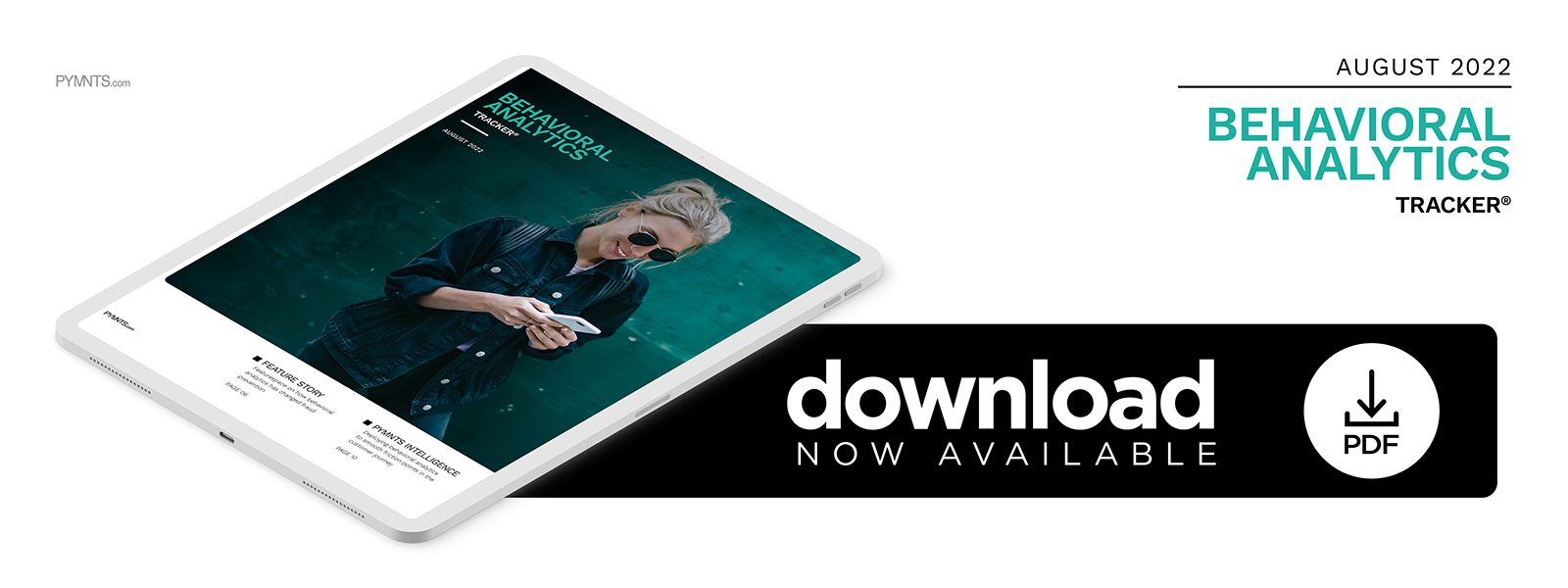Featurespace on How Behavioral Analytics Has Changed Fraud Prevention

A customer received a call from someone saying he was a representative at his bank. The representative said someone had warned them that a person at the bank was planning to hack the customer’s account. Together, they could catch this crook, but to do this, the representative would need the customer’s help, and the best way for him to help facilitate this sting operation was to transfer the entirety of his accounts — both checking and savings — into what the representative called a “suspense account,” which they had created just for this purpose at a different bank.
The supposed bank representative then told the customer to expect a call from someone posing as a bank employee. This person would cast doubt on everything the supposed representative had told the customer so far — but, the representative assured him, this was all part of the scam. The supposed representative directed the customer to tell the person on the other end of the line that he was having work done on his home, which would explain the need to transfer this vast sum of money.
Sure enough, a security analyst at the customer’s bank called when the behavioral analytics team flagged these transactions as suspicious. Luckily, the analyst making the call had a gut feeling when talking to the customer that something was not right and was able to ask questions about the person supposedly doing work on the customer’s home, such as his name and where the customer had found him.
When the customer hesitated to give a name — because he did not have one to give — the analyst knew something was wrong and asked if someone pretending to represent the bank had contacted the customer.
“Thankfully, the customer suddenly started to question the initial contact and believe that when the bank contacted him, it was the actual bank,” Roger Lester, account director at United Kingdom-based Featurespace, told PYMNTS in a recent interview.
Featurespace specializes in adaptive behavioral analytics powered by artificial intelligence (AI) to fight fraud. Once again, behavioral analytics — combined with human insight — had saved the day.
Establishing ‘the Norm’ in Behavioral Patterns
The above story is not a rarity, unfortunately: These kinds of scams take place every day. The key to fighting them with behavioral analytics is to set a baseline of normal customer behavior and then watch for deviations, Lester explained.
“What we found to be the most effective is to profile and monitor good behavior,” Lester said. “The reason we’ve taken that approach is that if you’re monitoring or building your model [based on] confirmed fraud, you’re reacting only when a problem has occurred or happened. Because we focus on good behavior, we can act when we see a change in that pattern.”
Featurespace’s team of data scientists have been refining models of consumer behavior, determining which behaviors signal that a consumer is feeling confused when looking at an unfamiliar user interface.
“An example would be, let’s say, an elderly or young person who’s not familiar with the type of transactions you are asking them to do,” Lester explained. “You may see a hesitancy with which they’re navigating around their account.”
Featurespace’s model can detect when a different person has logged in to the customer’s account and is attempting to navigate through their records suspiciously, or even when a criminal is directing the user to take certain actions — all by watching for deviations from standard behavioral patterns.
Avoiding ‘Alert Fatigue’
Behavioral analytics has benefited banks, merchants and consumers, Lester said, but there has been one downside: alert fatigue, in which consumers anticipate getting potential fraud alerts frequently and stop taking them seriously. FIs are combating this by putting a new emphasis on ensuring that every alert sent is an indicator that something has indeed gone awry.
Additionally, he explained, some banks are watching for drops in activity or engagement, as that could be a sign, in the case of a business account, that the business is experiencing trouble or, in the case of a personal account, that the customer is less engaged and is considering switching banks. Either of these scenarios should prompt an outbound call to ensure that the FI is meeting the customer’s needs.
Overall, Lester noted, this technology has made operations smoother for everyone but fraudsters — including the one who impersonated the bank representative.
“I think AI behavioral analytics is definitely the way forward,” he said. “I have seen personally how much of a benefit that brings to everybody — the banks, their customers, the merchants, the whole industry in general. I see that only continuing in the future.”

